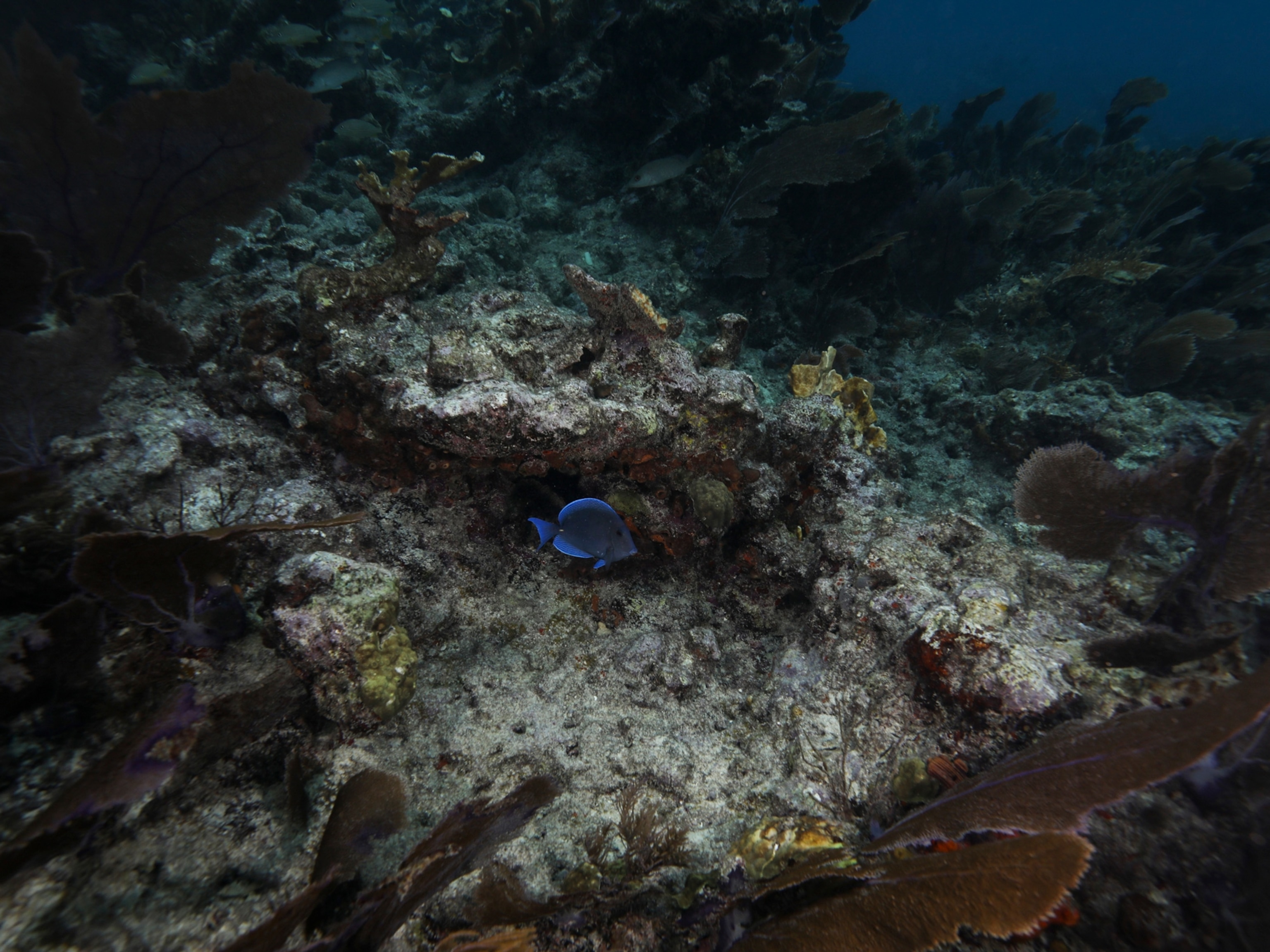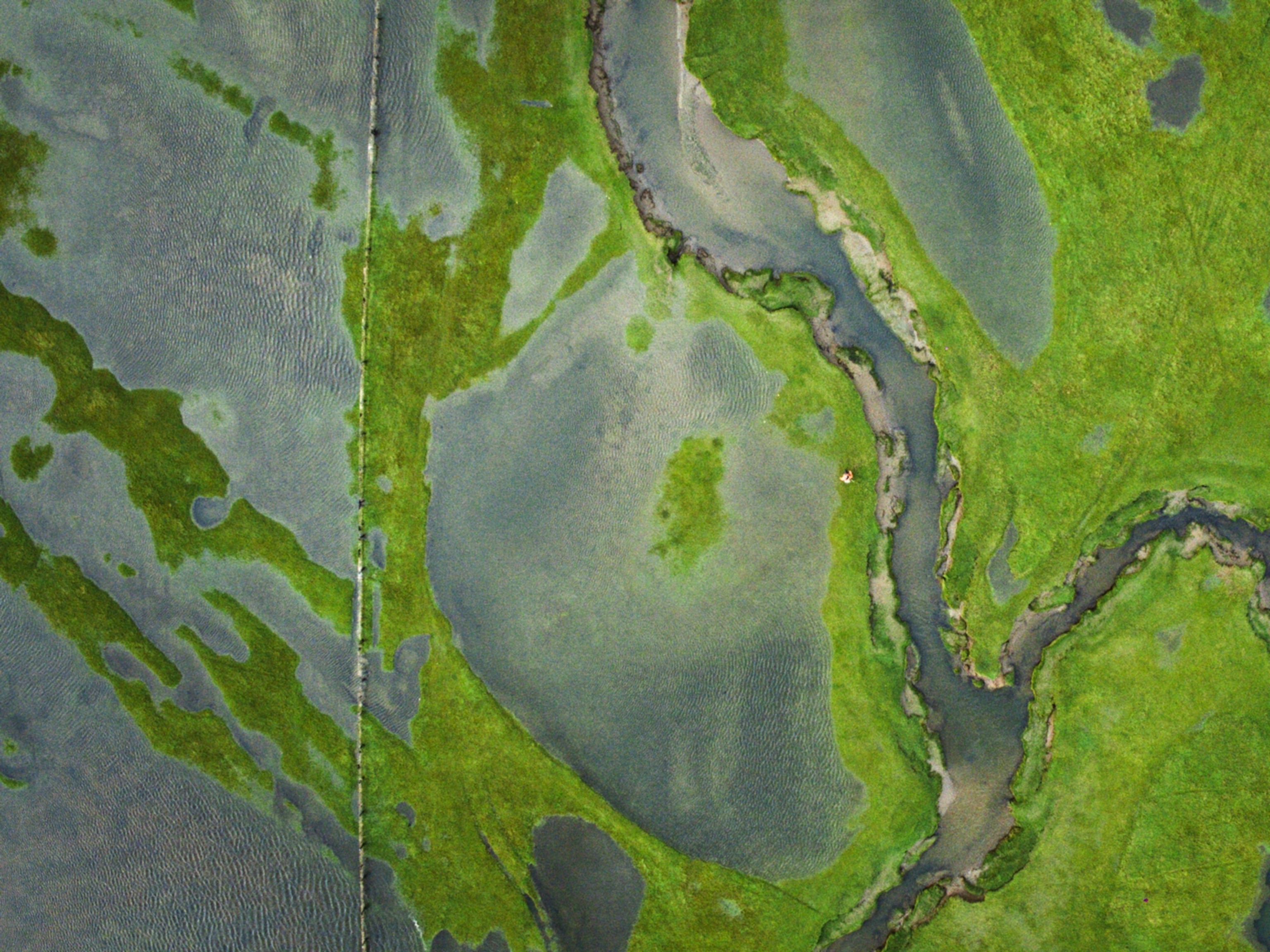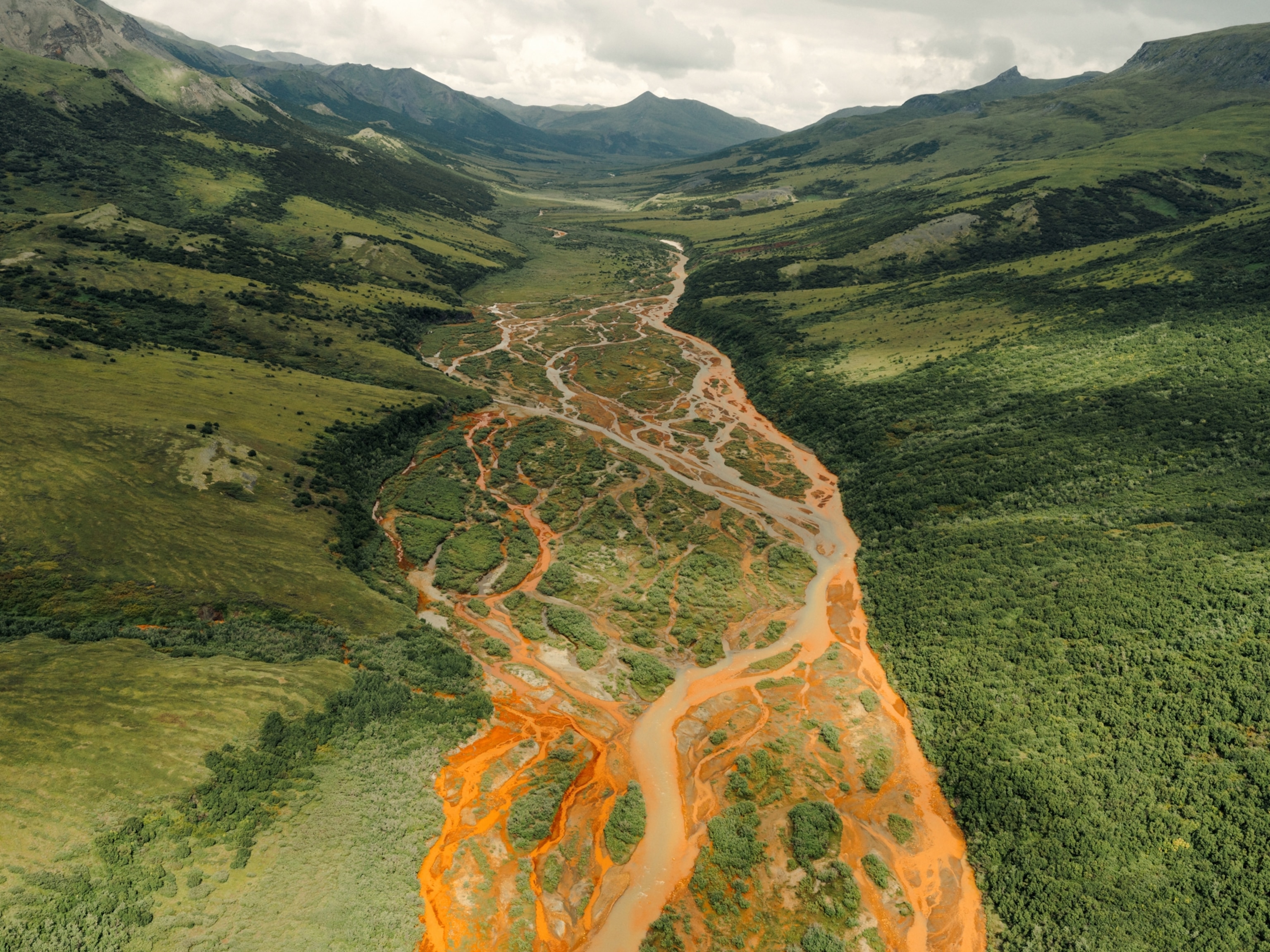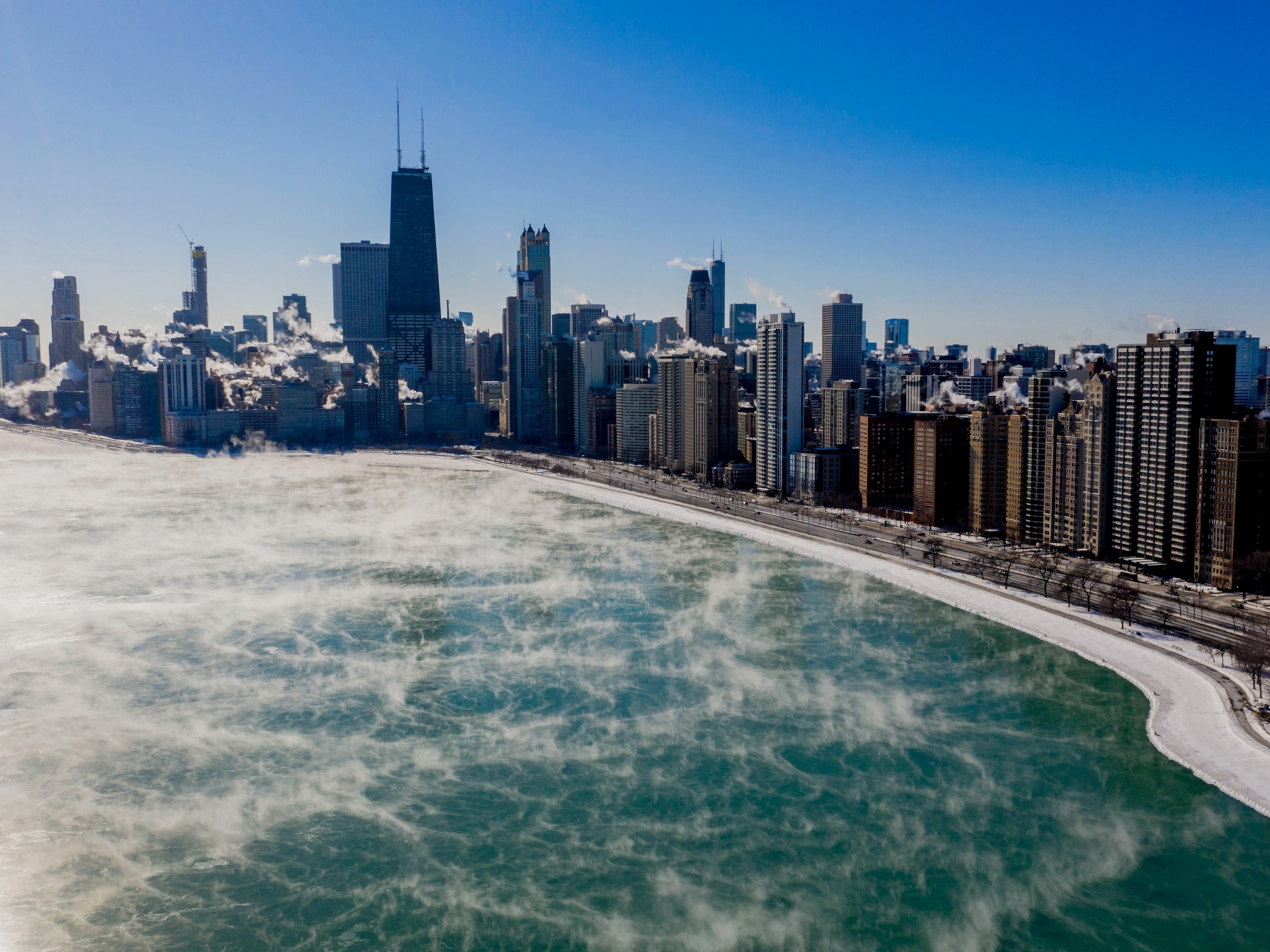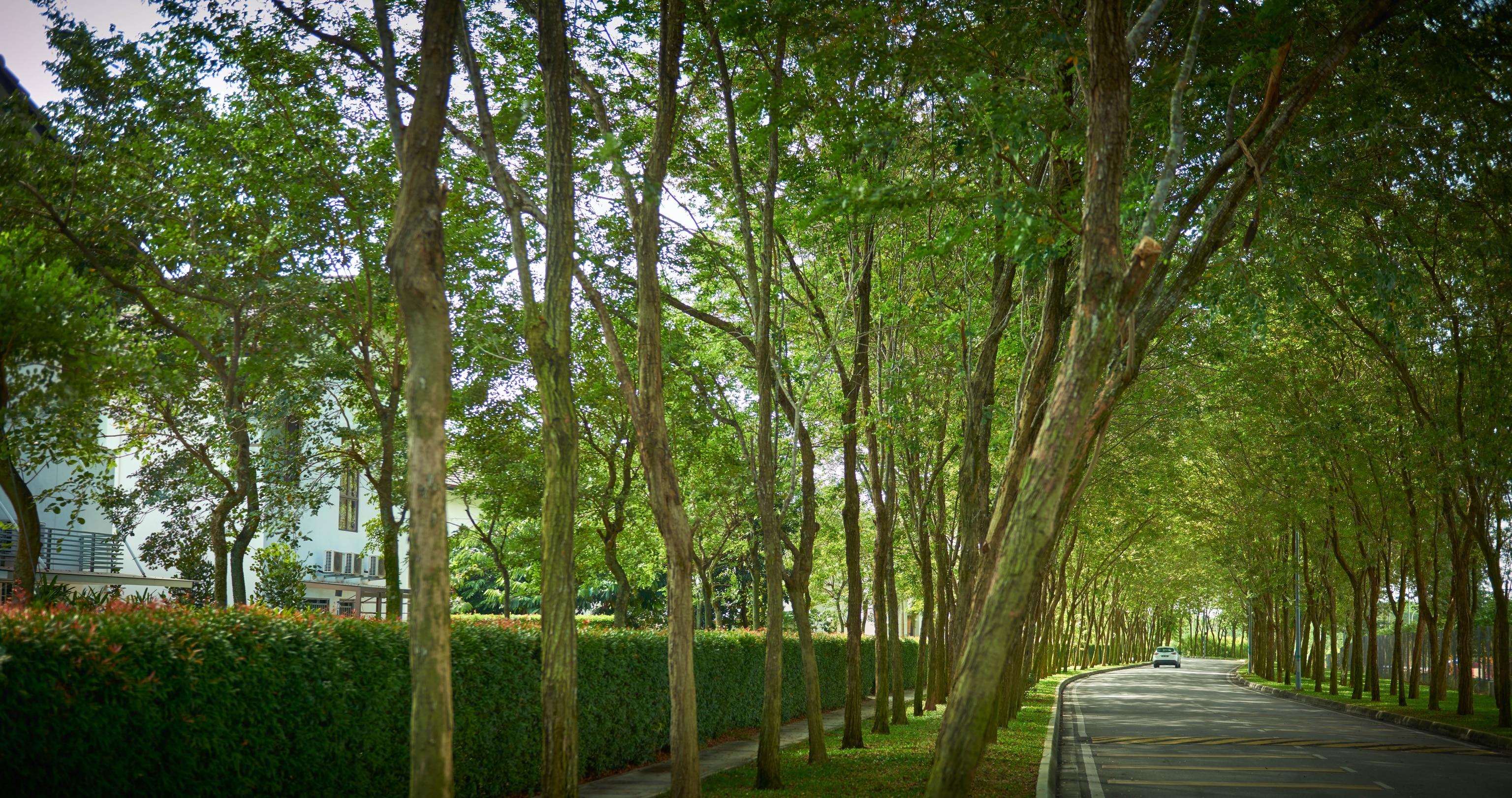
The green wave
Governments, organizations, businesses and individuals are joining the fight against climate change and biodiversity loss by planting trees
The planet is facing unprecedented environmental challenges, from global warming and pollution to soil degradation and biodiversity loss. There is growing awareness that at every level—governmental, business and individual—urgent action is needed to reduce the human impacts on our planet.
Restoring trees and vegetation is one of the most effective strategies for climate change mitigation. In 2015, Welsh ecologist and researcher Tom Crowther used machine learning and AI to estimate that about 3 trillion trees exist in the world.
His later research has shown that there is now room for an additional 1.2 trillion trees on our planet, and these additional trees would have the carbon storage capacity to cancel out a decade of emissions.
“There are 400 gigatons [of carbon stored] now in the 3 trillion trees,” Crowther said. “If you were to scale that up by another trillion trees, that’s in the order of hundreds of gigatons captured from the atmosphere—at least 10 years of anthropogenic emissions completely wiped out.”
Greening our rural and urban spaces also supports ecosystems and biodiversity, and reduces urban heat islands through shade and evapotranspiration. This process—the loss of water from the soil both by evaporation from the soil surface and by transpiration from the leaves of the plants growing on it—can have noticeable effects on air temperature; alone or in combination with shading, evapotranspiration can help reduce peak summer temperatures by 2–9°F (1–5°C).
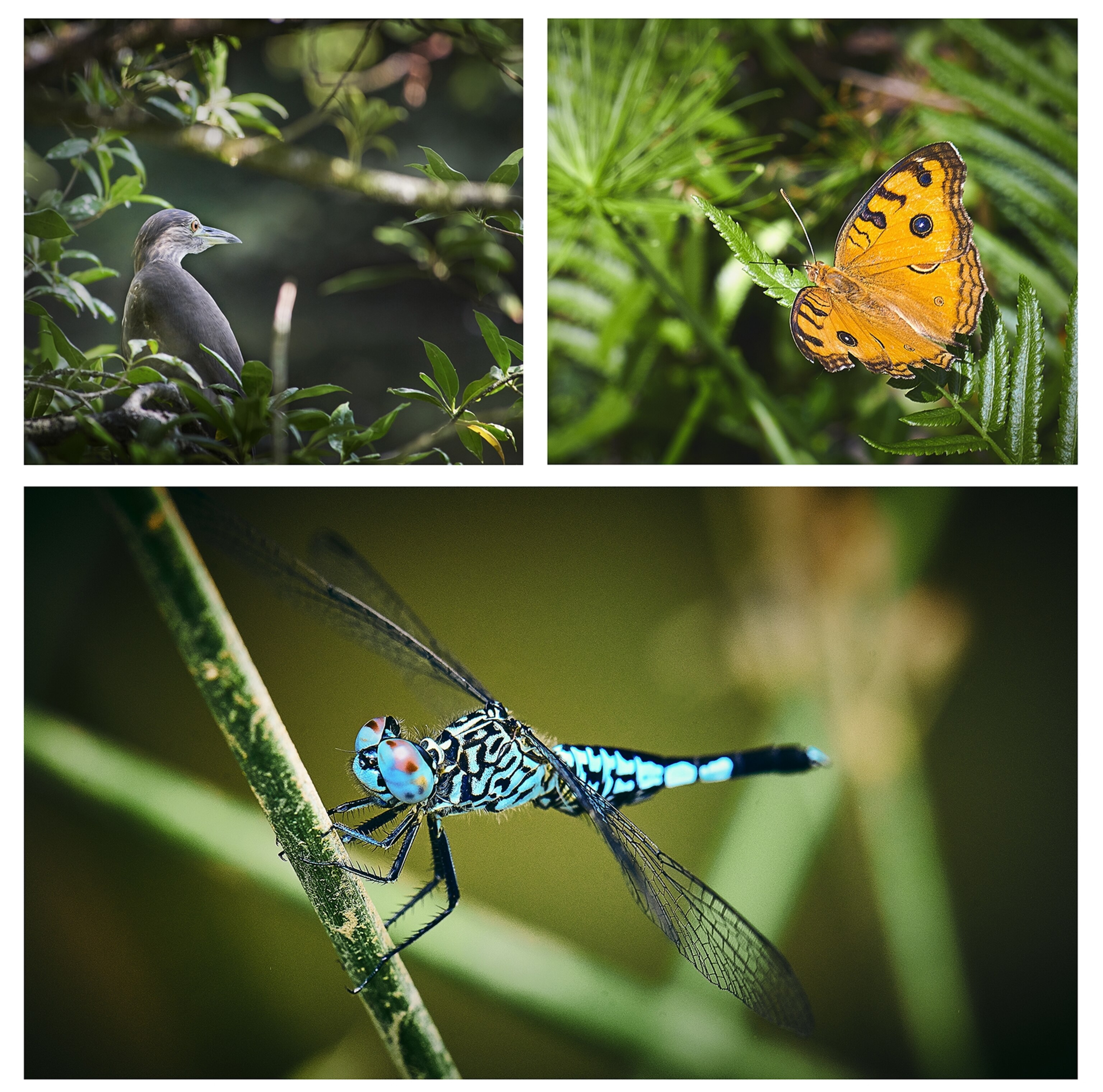
Large-scale national and international tree-planting projects have had noteworthy success. The Trillion Tree Campaign, by Plant-for-the-Planet, an organization set up by a German schoolboy who was inspired by Nobel Prize-winning Wangari Maathai’s Green Belt Movement, has led to the planting of more than 14 billion trees in over 130 nations.
Birdlife International, the Wildlife Conservation Society and WWF have also joined forces for their campaign, called Trillion Trees. And renowned primatologist and long-time National Geographic Explorer, Jane Goodall, recently launched Trees for Jane, aiming to both plant and protect existing forest.
“The key is protecting existing forest because those big trees already have stored CO2,” she said in a National Geographic interview.
Along with sequestering carbon, forests also regulate global temperatures and freshwater flows, recharge groundwater, anchor fertile soil and act as flood barriers.
World leaders at the most recent COP26 in Glasgow have agreed on a deal aiming to halt and reverse global deforestation over the next decade.
Cities around the world are also responding to the need for more greenery. The EU, for example, has their Green Cities campaign running in 13 countries. The platform encourages the greening of public spaces by providing innovative ideas, information based on scientific research, and technical expertise.
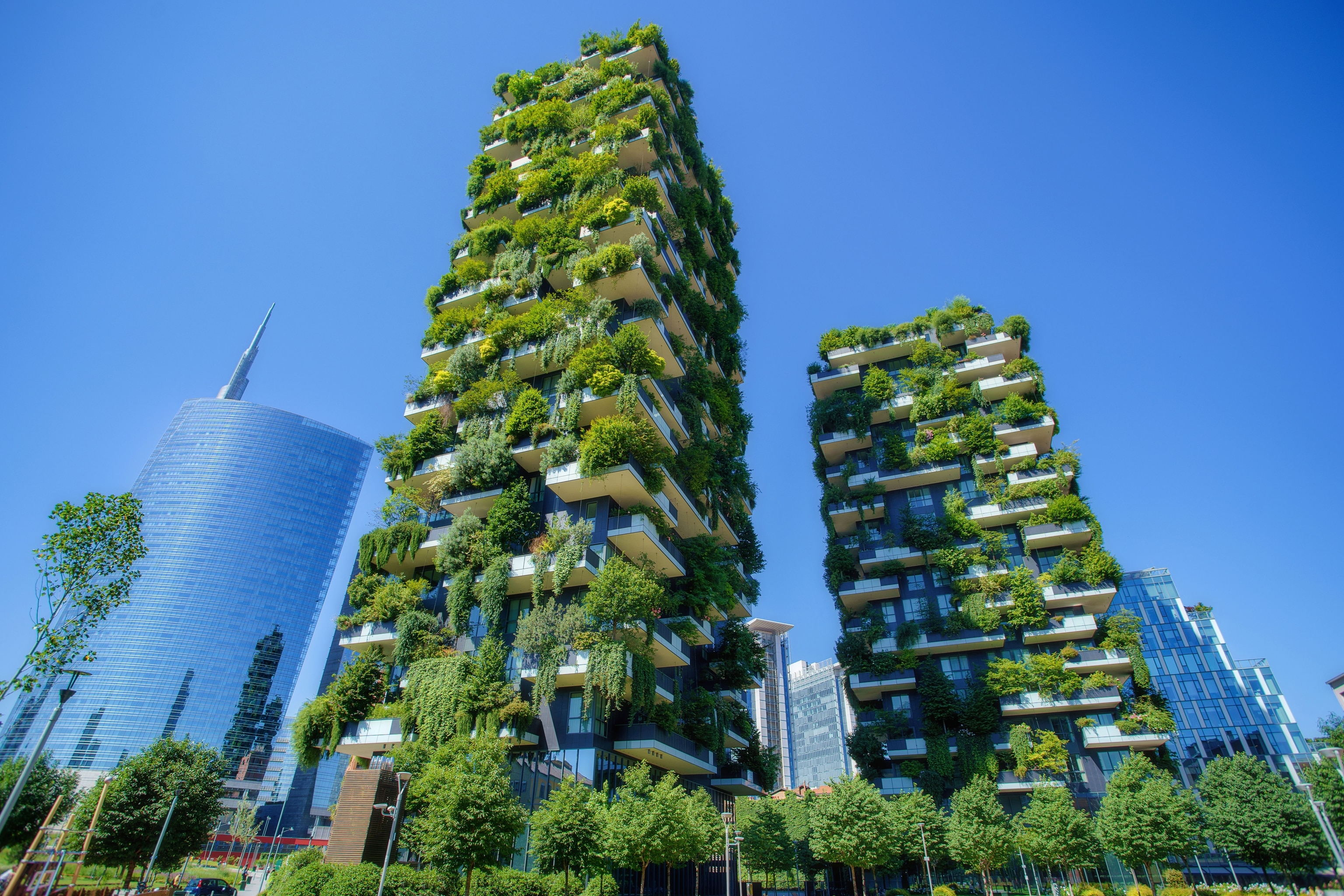

Private corporations are increasingly playing their part in improving the state of the planet by integrating sustainable approaches into their business. Property developer Gamuda Land has planted more than 300,000 trees, including over 50 percent native species and 5 percent conservation value species at their Malaysian sites. The company aims to plant one million trees and saplings by 2023.
Gamuda Land have used the Miyawaki Method, a technique pioneered by Japanese botanist Akira Miyawaki, to plant its forests. The method involves growing saplings close together, so that they compete for sunlight. A wide variety of native species, that are adapted to local conditions, are selected to recreate the layers of a natural forest. Advocates of the method say the forests grow 10 times faster, become 30 times denser, and have 100 times more biodiversity than those planted by conventional methods. The company has adopted the method at their Gamuda Gardens, Gamuda Cove, Valencia, Horizon Hills and twentyfive.7 properties.
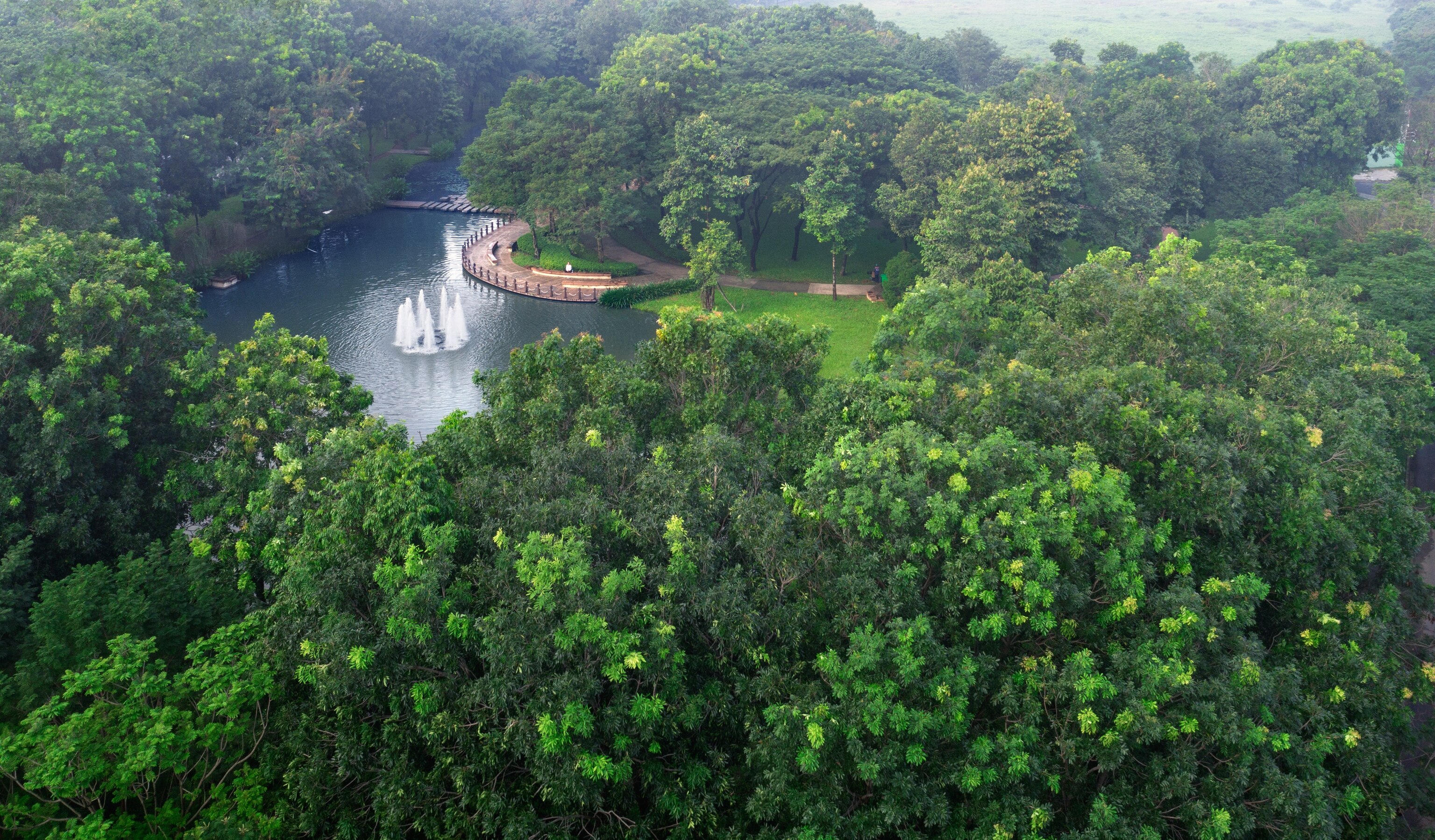
The company has also created a 90-acre Forest Park and Wetlands Arboretum in Gamuda Cove, the first privately-owned tree conservation park and wetlands reserve in Malaysia. It has a forest seed bank for native species, along with nurseries to support the growth of endangered species.
At their three advanced tree planting nurseries, they keep saplings in the ground for two years or more until the trees are ready to be re-planted in other locations. Nurturing the saplings in optimal conditions, and moving them quickly to their destination forest, ensures the trees are less stressed and recover quickly, boosting their growth rate. The nurseries will support more than 250 species of flora, including fruit trees, streetscape trees and plants, ornamental plants, and wetland species, that will populate 1,555 acres of greenscapes across 12 Gamuda Land Central Parks by 2025.
Some tree-planting projects around the world have earned criticism for being ineffective, or even damaging if non-native species are planted, thereby creating tree farms rather than naturally biodiverse forests. But if it is native species that are planted where they have historically grown, the benefits are immense.
There is still, however, a long way to go: one trillion trees equals 128 trees for every human on Earth. Goodall refers to trees as “God’s gift to humanity”; as we have already lost almost half the trees that existed before agriculture began, and the figure increases every year, restoring their numbers may be one of humanity’s greatest hopes.
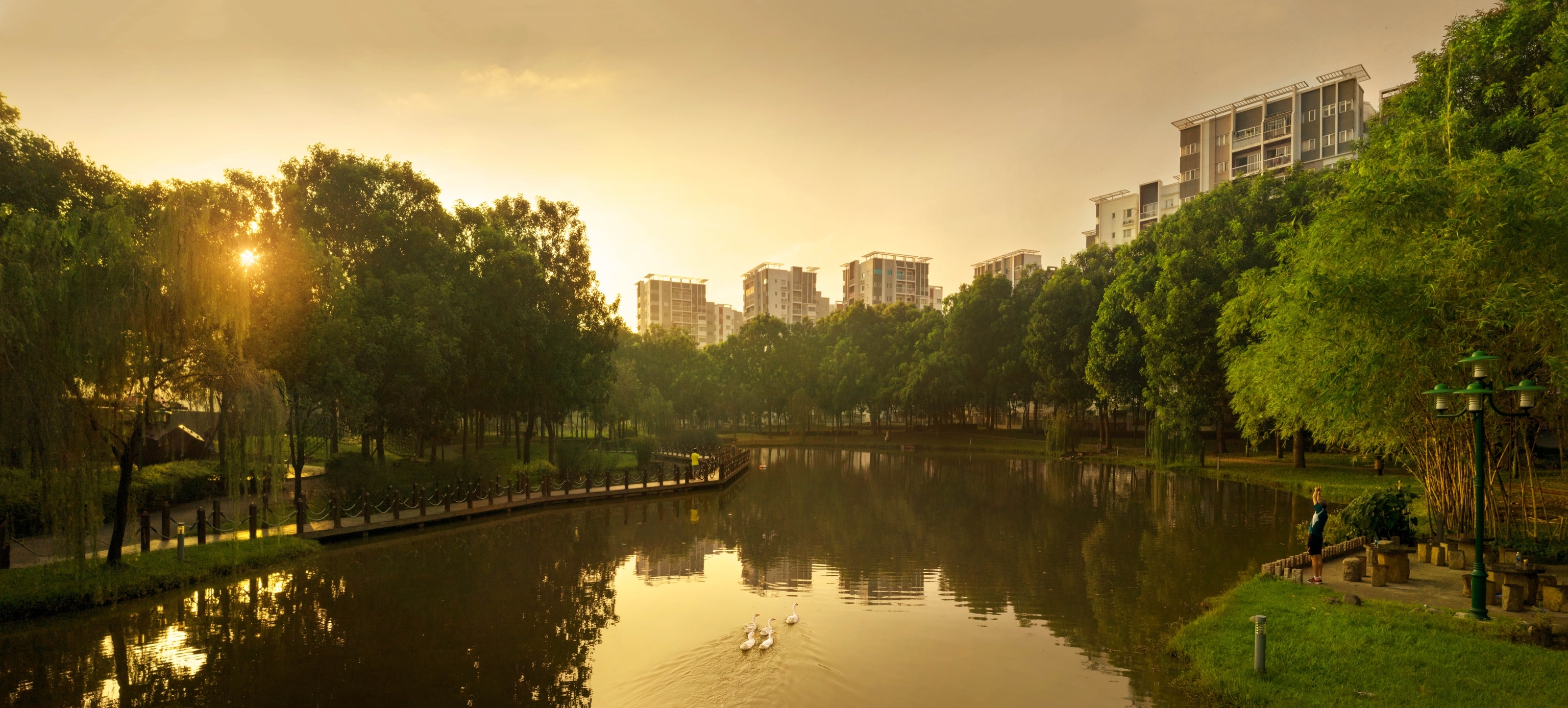
“There are 400 gigatons [of carbon stored] now in the 3 trillion trees,” Crowther said. “If you were to scale that up by another trillion trees, that’s in the order of hundreds of gigatons captured from the atmosphere—at least 10 years of anthropogenic emissions completely wiped out.”




